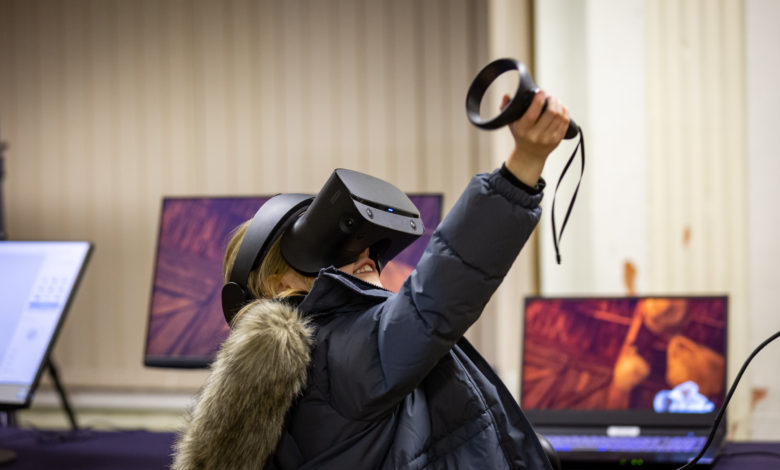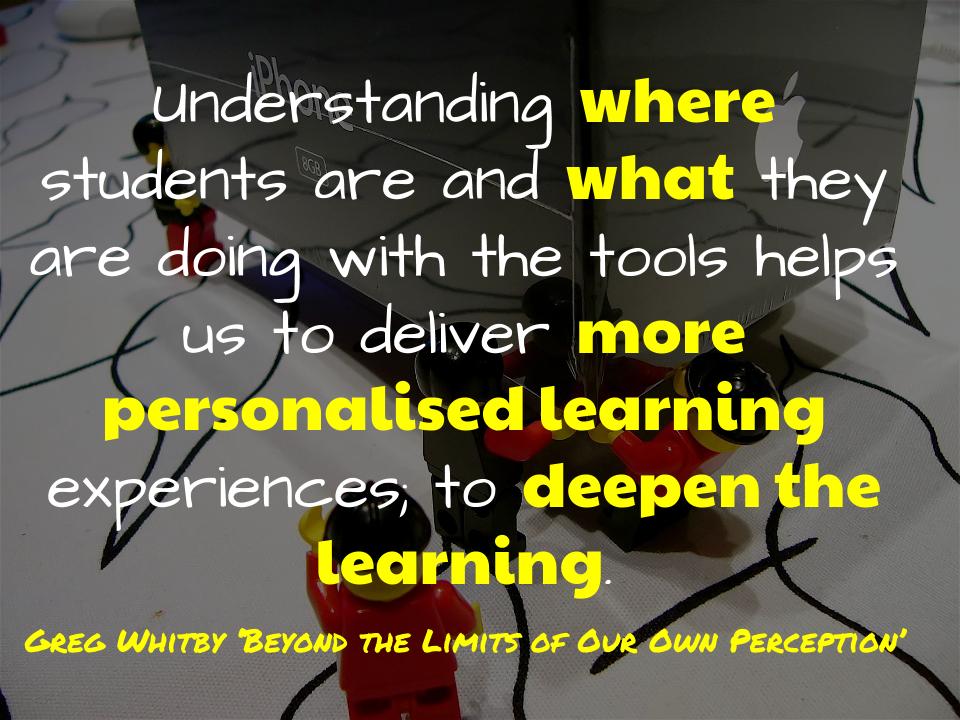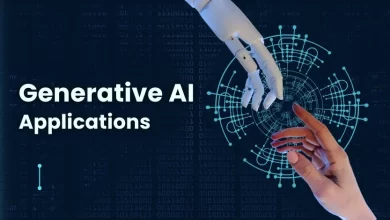
Recommender Systems (RSs) form a specific type of information filtering system technique that attempts to recommend information items (films, television, music, books, etc.) that are likely to be of interest to the user.
Typically, a recommender system compares a user profile to some reference characteristics and seeks to predict the ‘rating’ that a user would give to an item they have not yet considered. These characteristics may be from the information item (the content-based approach) or the user’s social environment (the collaborative filtering approach).
The benefits of RSs in online commerce are well established in the literature and in practice: considerable work has argued that such systems reduce cognitive effort on the part of the customer, while also allowing retailers and marketers to direct demand to niche products.
The increasing use of RSs that support users in finding their way through the possibilities offered on the internet is obvious. Many online companies like Amazon and eBay are using RSs to direct the attention of their customers to certain products.
This technology is not only limited to selling products but it is also used to suggest all different types of content e.g., videos (YouTube), movies (Netflix), friends (Facebook), among others. This demand spans several domains, one of which is the educational and training domain.
Adoption Rates of RSs
Adoption rates for eLearning are rising, with more and more learners and educators becoming well-versed with technology.
Research from Global Market Insights indicates that between 2017 and 2020, the value of the worldwide eLearning market increased by 200% to $250 billion, with a further 25% increase expected by 2025.
The availability of new types of realistic and interactive learning experiences, utilising cutting-edge 3D digital content and immersive technologies such as Virtual Reality and Augmented Reality, is helping to fuel this growth.
For example, PwC highlighted in its study that people using VR were 275% more confident to apply skills learned after training, 4x faster to learn than in the classroom, and 3.75x more emotionally connected to content than classroom learners.
It’s evident from various research and insights that this learning experience develops skills further and faster than traditional classroom-based learning or eLearning using other forms of digital media, such as video-based courses.
In addition to these improvements in learning outcomes arising from immersive technologies, various surveys have indicated that over three-quarters of Learning and Development professionals think that personalised learning is vital to learner engagement. Therefore, adopting personalised learning, as opposed to generic learning content, and combining this with interactive immersive experiences is extremely powerful.
Personalised Learning
RSs are a key enabler of personalised learning as they automate the process by which tailored learning content is recommended to individuals.
Despite these recent advances, most course management systems and web-based learning systems are still closed learning environments. Courses and learning materials are fixed for all learners and do not adapt to individuals. The course content and its delivery are static. RSs can improve the distribution of academic material to the students, through content adapted to their needs according to different characteristics.

RS, when applied in education, has the role of supporting teaching and learning activities through enhanced information retrieval. We have seen some examples of RSs appearing in education through Learning Management Systems (LMS), to improve the online learning-teaching processes.
An LMS is web-based software to manage academic courses, where tutors manage the teaching-learning process through an integration of students, digital resources, and contents, according to an instructional design. Nevertheless, there is still limited information on the application of recommender systems in educational environments.
Compared to e-commerce this space remains relatively unexplored. But can existing solutions in e-commerce help us when designing and developing RSs specifically for Virtual Learning Environments (VLE)? The short answer is yes, but there are a few caveats.
Goals of Recommender Systems
The major difference between recommender systems in e-commerce and in eLearning is that the goals are different and are certainly not measured the same way.
The obvious goal of recommender systems in e-commerce is to increase profit.
Profit is tangible and can be measured in terms of the amount of money, number of customers, and customer loyalty. The money aspect is certainly the driver in these sophisticated implementations.
In eLearning, the goals of a recommender system appear clear too: improving the learning.
However, this goal is more subjective, and its measurement is more subtle and complex. Moreover, while querying a user and requesting opinions about products and rankings of products is somewhat acceptable in an e-commerce application to receive in return a better service, explicit surveys are considered intrusive and distracting in a learning environment.
Therefore, conventional systems used in e-commerce are not directly transferable to the educational domain. That is not to say we cannot use aspects of traditional systems when designing RSs for VLE.
There have been studies by ResearchGate applying web usage mining techniques to build RSs for VLE. Web usage recommender systems take web server access logs as input and make use of data mining techniques such as association rule and clustering to extract implicit, and potentially useful navigational patterns, which are then used to provide recommendations.
Web server access logs record user browsing history, which contains plenty of hidden information regarding users and their navigation. They could, therefore, be a good alternative to the explicit user rating or feedback in deriving user models.
Some other approaches look at mapping the student’s cognitive state to the different pieces or segments of learning content. These RSs deeply analyse the student’s learning preferences and use this information to recommend different pieces of learning content.
The learning preferences of the learner have been identified as an important factor that impacts the learning process. Learners differ in the ways of perceiving, processing and receiving information. Based on the means of processing and organizing the information, learners are considered to possess their own set of learning preferences.
Once a student’s learning preferences are identified, an appropriate teaching strategy is defined. A teaching strategy is defined as a sequence of learning content, that suits the learning preferences of the student, used to teach a specific topic.
Session-Based Recommendation
One state-of-the-art approach that may prove useful when applied to VLE is Session-based Recommendation. In many online systems where recommendations are applied, interactions between a user and the system are organized into sessions. A session is a group of interactions that take place within a given time frame.
Sessions from a user can occur on the same day, or over several days, weeks, or months. A session usually has a goal, such as finding a good restaurant in a city, or listening to the music of a certain style or mood, or in the case of VLE, learning a specific topic using certain learning content.
In session-based recommenders, recommendations are provided based solely on the interactions in the current user session, as users are assumed to be anonymous.
Session-based recommendations employing Recurrent Neural Networks (RNNs) have been shown to outperform more conventional item-based methods by 15% to 30% in terms of ranking metrics.
But in many online systems, including LMS, there are cases where a user might be logged in (e.g., music streaming services) or some form of user identifier might be present (cookie or other identifiers).
In this instance, it is reasonable to assume that the user behavior in past sessions might provide valuable information for providing recommendations in the next session.
In this case, a session-aware approach that uses user identifiers to propagate information from the previous user session to the next can be used to help improve recommendations.
The Personalize product deployed by Amazon Web Services contains an algorithm based on Hierarchical RNNs that utilises this session-aware approach. It has been very successful, with many e-commerce companies using it to generate recommendations.
These are just some of the ways that Recommender Systems can be used to improve the learning and teaching processes in Virtual Learning Environments. Although significant work has gone into investigating these applications of Recommender Systems, much remains to be discovered and it is still a highly active research area.




